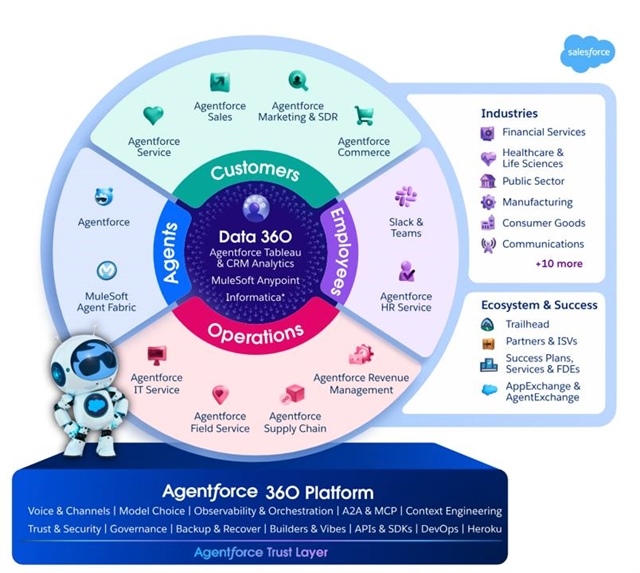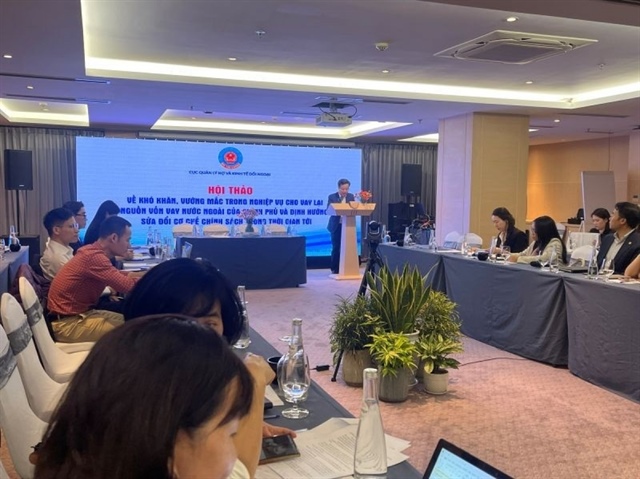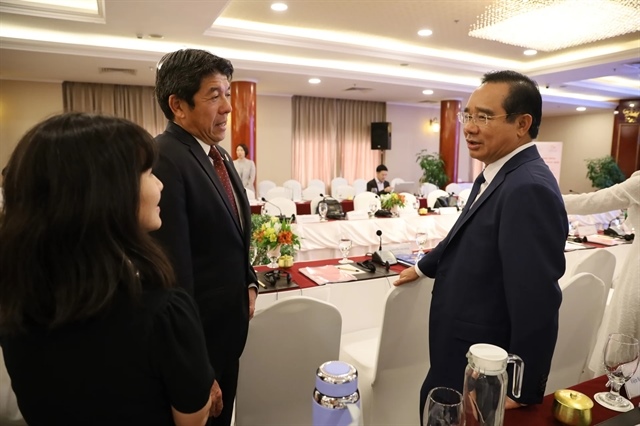HCMC workshop discusses digital economy
HCMC workshop discusses digital economy
Potential benefits and challenges for the digital economy and new-age regulations for new-age businesses were discussed at a workshop in HCM City on Wednesday.

Pradeep S Mehta, secretary general of CUTS International, said: “The digital economy is about three things: big data, advanced analytics, and the Internet of Things. And it is undeniably changing the nature of the job market, corporate competition and corporate infrastructure.
“Fifteen years ago, when we spoke about big names in businesses, we counted oil companies, car manufacturers, retail chains, airlines, consumer goods producers, etc. Nowadays, when we talk about corporate giants, it is Apple, Google, Amazon, Alibaba, Facebook, Uber, etc. that come to our mind.”
They are part of a small yet influential group of companies that constitute the cutting-edge of digital advancement, he said, adding that in a sense they have spearheaded digitalisation.
Vo Tan Thanh, vice president of the Viet Nam Chamber of Commerce and Industry (VCCI), said the digital economy is an indispensable step as the traditional economy gradually becomes saturated.
“The development of the digital economy and transfer and utilisation of technologies will provide an opportunity for developing countries like Viet Nam to catch up with other developed economies quickly,” Thanh said.
If businesses can take advantage of technologies, they can improve their efficiency and expand markets, he said.
According to Google and Temasek, Southeast Asia has the fastest growing global internet population with around 260 million users.
The number is projected to increase to 480 million by 2020, Pham Que Anh, director of CUTS International in Viet Nam, said.
The value of its internet economy is expected to grow to US$200 billion by 2025, primarily driven by growth in e-commerce, she said.
Nguyen Manh Hung, deputy chairman and general secretary of the Standard and Consumer Association, said e-commerce has developed rapidly in Viet Nam and there is a lot of room to develop further.
Business-to-customer transactions had been worth $4.07 billion in 2015, up 37 per cent from 2014 and accounting for 2.8 per cent of total retail and consumer services, he said.
Last year, 35 per cent of businesses had online sales channels, a year-on-year increase of 7 per cent, while 60 per cent of consumers said they shop online, he said.
“Application of information and communication technology advancements in commerce has brought benefits for both sellers and buyers,” he said.
Digital technologies enable businesses to promote their products, services and brands to customers in the most effective manner, and at the same time help consumers find information about the products quickly, easily and comfortably, he said.
Challenges
But the digital economy also comes with concerns like cyber security, data and privacy breaches, behavioural discrimination and manipulation, lack of liability, and job losses, Mehta said.
Delegates at the workshop said the digital economy has come to be known as an incubator for new-age businesses, which are based on disruptive technologies and innovative business models.
Despite their huge success, many such businesses have found themselves in turmoil. Due to the disruptive nature of such businesses, regulatory bodies often find it difficult to regulate such entities, and may end up applying archaic regulations, which may hamper their growth, they said.
Therefore, developing appropriate legal regulations that promote the welfare of consumers and ensure the legitimate rights and interests of all enterprises in the market and at the same time stimulate their creativity are needed, they said.
At the workshop, CUTS International launched a project titled “Regional Inclusive Growth Project” it will implement in three countries - India, the Philippines and Viet Nam -- for 18 months till the end of 2018.
It is aimed at highlighting the need to strengthen the digital economy in these three countries by showcasing best practices from across sectors and geographies regarding the benefits brought to consumers by digital platforms and technologies and identifying and pushing for the removal of bottlenecks and barriers.





















